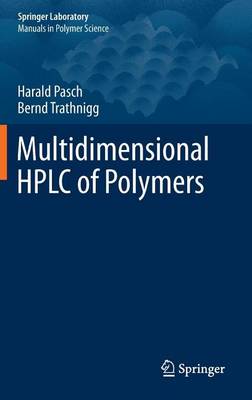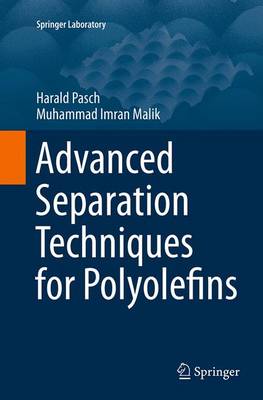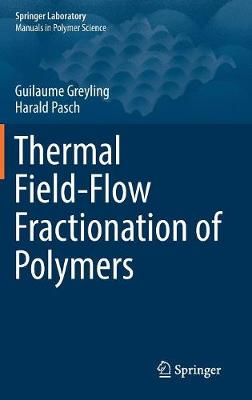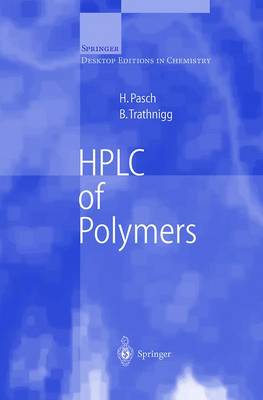Springer Laboratory
5 total works
It is the consequent continuation of "HPLC of Polymers" from 1999 by the same authors. Like its 'predecessor', this book discusses the theoretical background, equipment, experimental procedures and applications for each separation technique, but in contrast treats multi-dimensional and coupled techniques. "Multidimensional HPLC of Polymers" intends to review the state of the art in polymer chromatography and to summarize the developments in the field during the last 15 years. With its tutorial and laboratory manual style it is written for beginners as well as for experienced chromatographers, and will enable its readers (polymer chemists, physicists and material scientists, as well as students of polymer and analytical sciences) to optimize the experimental conditions for their specific separation problems.
Advanced Separation Techniques for Polyolefins
by Harald Pasch and Muhammad Imran Malik
MALDI-TOF Mass Spectrometry of Synthetic Polymers
by Harald Pasch and Wolfgang Schrepp
MALDI-TOF mass spectrometry is one of the latest and most fascinating new developments in the analysis of organic compounds. Originally developed for the analysis of biomolecules, it has developed into one of the most powerful techniques for the characterization of synthetic polymers. This book describes the fundamentals of the MALDI process and the technical features of MALDI-TOF instrumentation. It reviews the application of MALDI-TOF for identification, chemical and molar mass analysis of synthetic polymers. With many examples, the monograph examines experimental protocols for the determination of endgroups, the analysis of copolymers and additives, and the coupling of liquid chromatography and MALDI-TOF in detail.
Thermal Field-Flow Fractionation of Polymers
by Guilaume Greyling and Harald Pasch
This book introduces the reader to thermal field-flow fractionation and discusses its advantages over the fundamental problems associated with traditional column-based analytical techniques commonly used to characterize polymers and macromolecules. The authors discuss the theoretical background, equipment, experimental procedures as well as the recent advances and applications of thermal field-flow fractionation. Complete with several practical examples and troubleshooting guidelines, the book is written for beginners and experienced separation scientists alike and will enable its readers to optimize their experimental conditions for their specific separation needs and problems.




